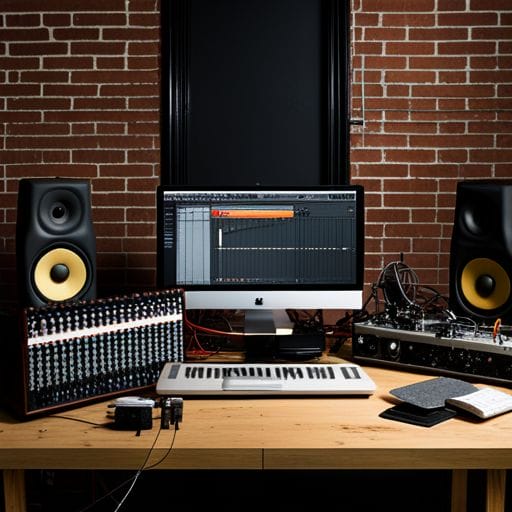10 Recording Methods for Ableton Live

Can you provide examples of successful tracks produced using these recording methods in Ableton Live
Ableton Live is a versatile audio tool that allows you to record, compose, mix, and master your music. It is user-friendly software that provides an array of recording options. Whether you are a newbie or an experienced professional, understanding different recording methods ensures the creation of high-quality audio. Here are 10 recording methods for Ableton Live you can explore:
1. Arrangement View Recording
This is an ideal recording method when creating linear tracks in Ableton Live. It allows you to record your entire song in one continuous arrangement.
2. Session View Recording
Unlike arrangement view which is linear, session view allows you to record clips independently, then play them together however you choose. This non-linear approach is perfect for live performances and improvisation.
3. Overdub Recording
This method allows you to add new parts to a pre-existing audio or MIDI track without replacing the original sounds.
4. Punch in/Punch out Recording
For precise recording, choosing where your recording starts (punch in) and ends (punch out) can be done manually or automated in Ableton Live.
5. Loop Recording
Loop recording allows you to record the same segment over several takes. Ableton Live will loop the selected region and every new pass will be recorded in a new lane.
6. Audio Clip Recording
This method allows you to record into a pre-existing audio clip slot. It is particularly useful when building up layers of audio in the session view.
7. MIDI Keyboard Recording
A notable feature of Ableton Live is the ability to record MIDI input. For instance, if you connect a MIDI keyboard to your computer, you can record the notes you play.
8. Drum Rack Recording
Recording into the drum rack is a fantastic way to generate dynamic, expressive drum performances. The drum rack allows you to freely assign and play back a variety of sounds.
9. Multitrack Recording
Exceptional for orchestration and complex audio projects, multitrack recording allows you to record multiple audio inputs into separate tracks at the same time.
10. Remixing/Resampling
Resampling is a method where you record the combined output of all tracks into a new audio track. It’s a great technique for capturing the entire mix or just elements within it for further manipulation.
All these methods play significant roles in recording and music production. Each serves its unique purpose and usage can vary depending on your project needs. So, harness the power of Ableton Live software and take another step forward in your journey as an aspiring or professional music producer.
